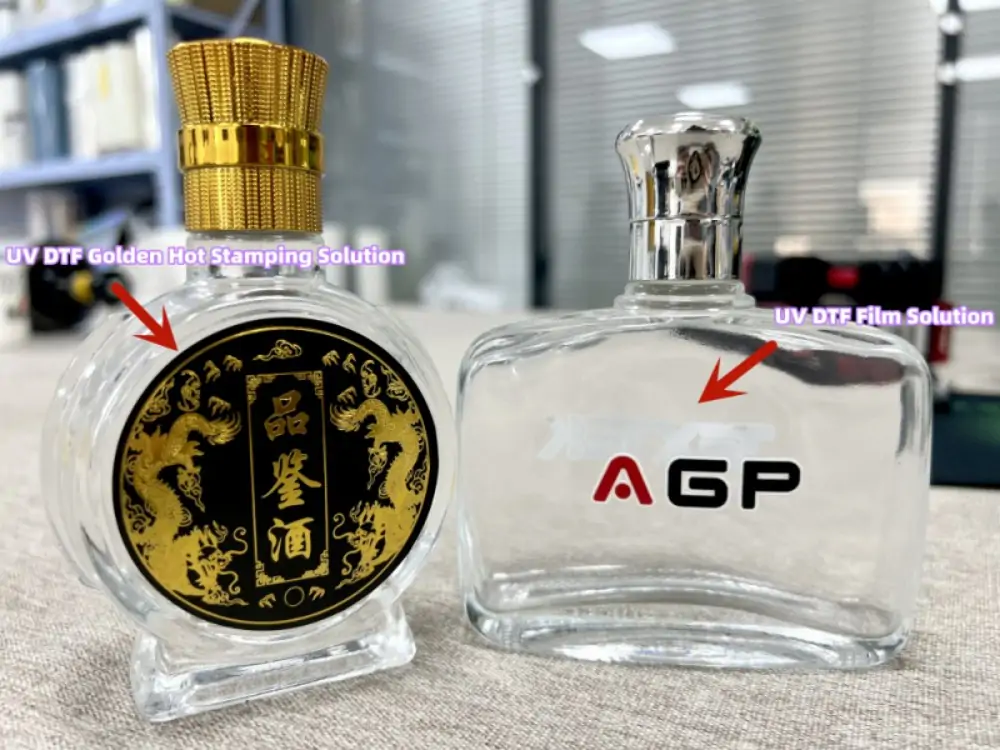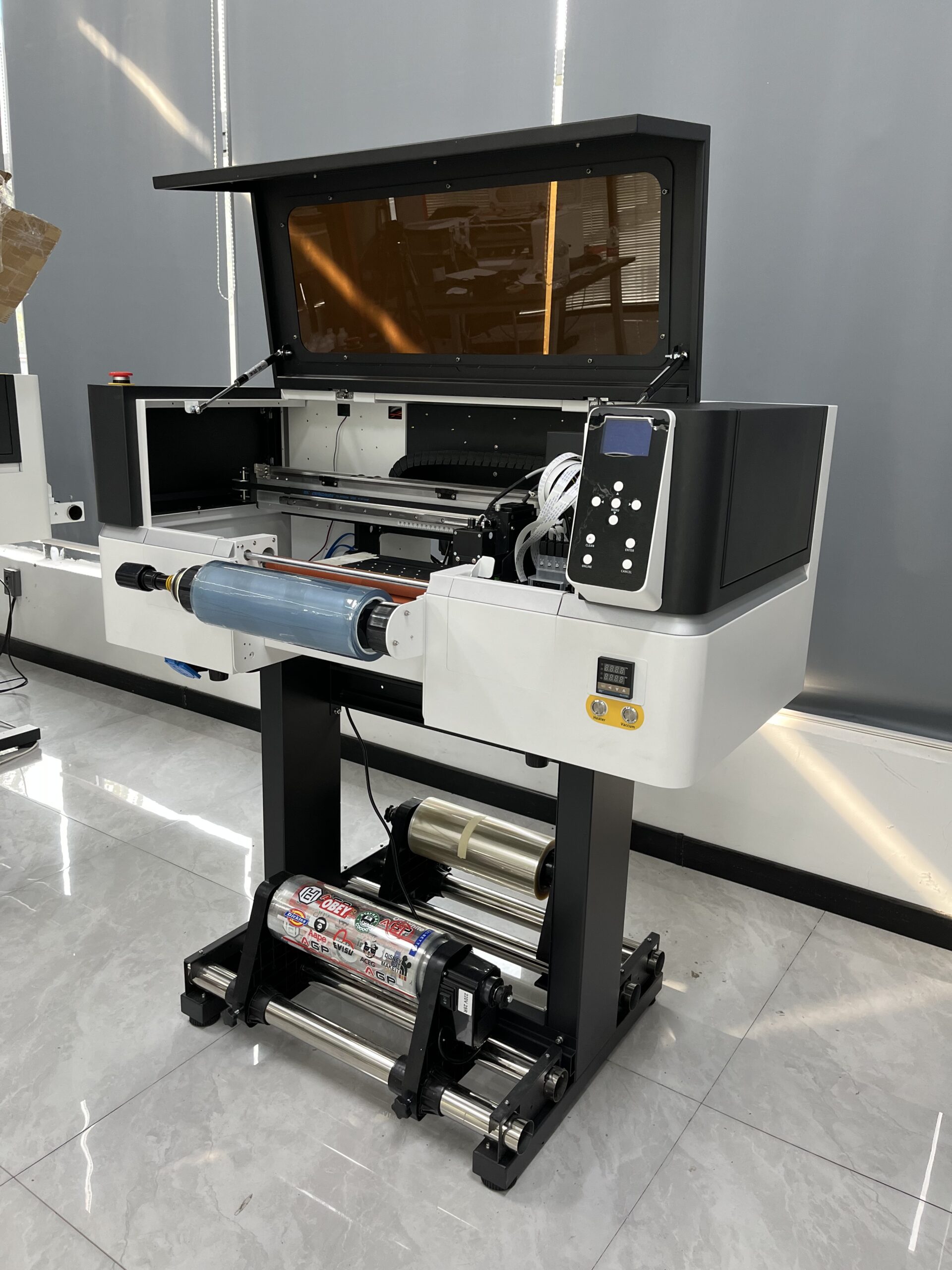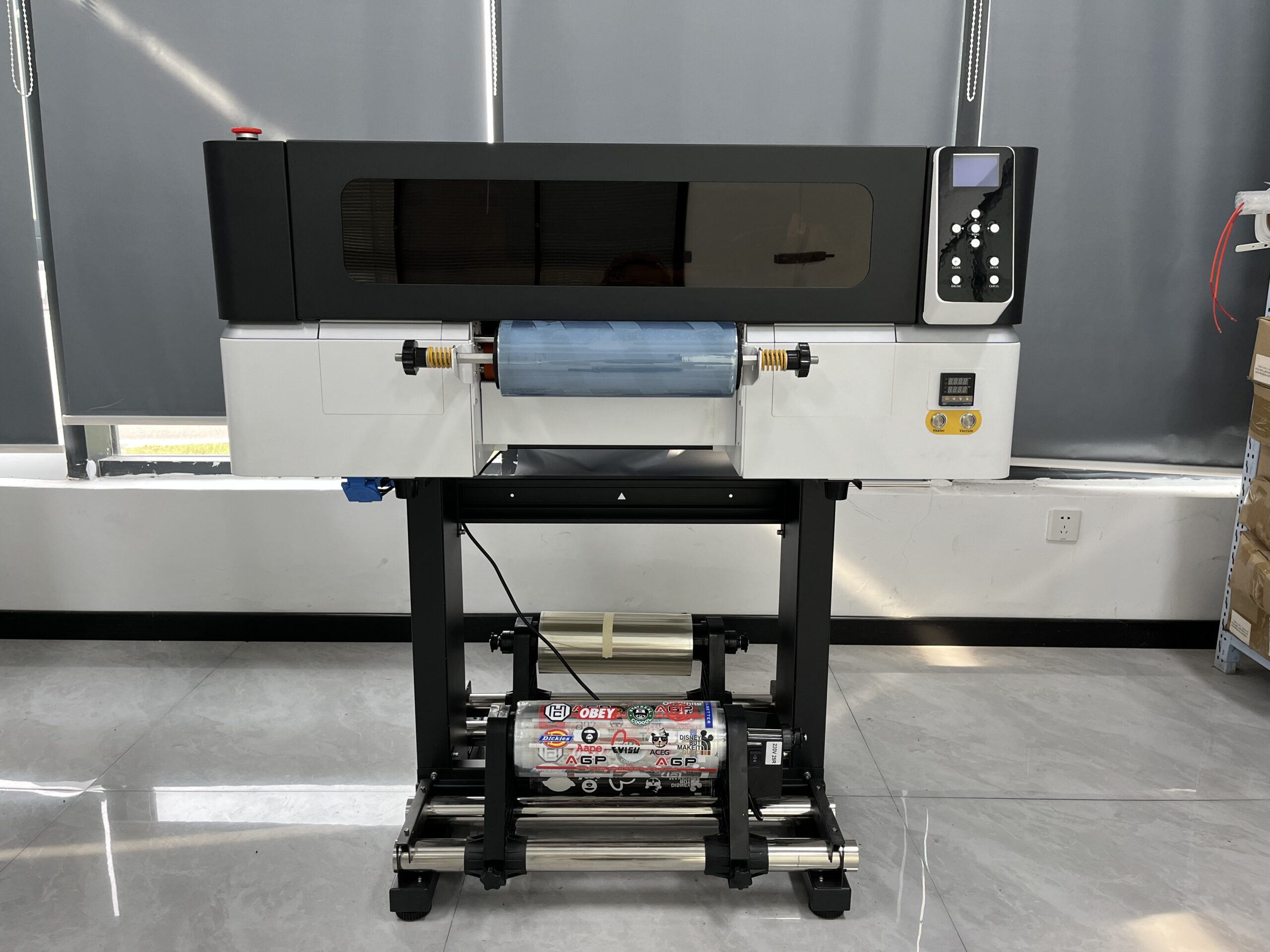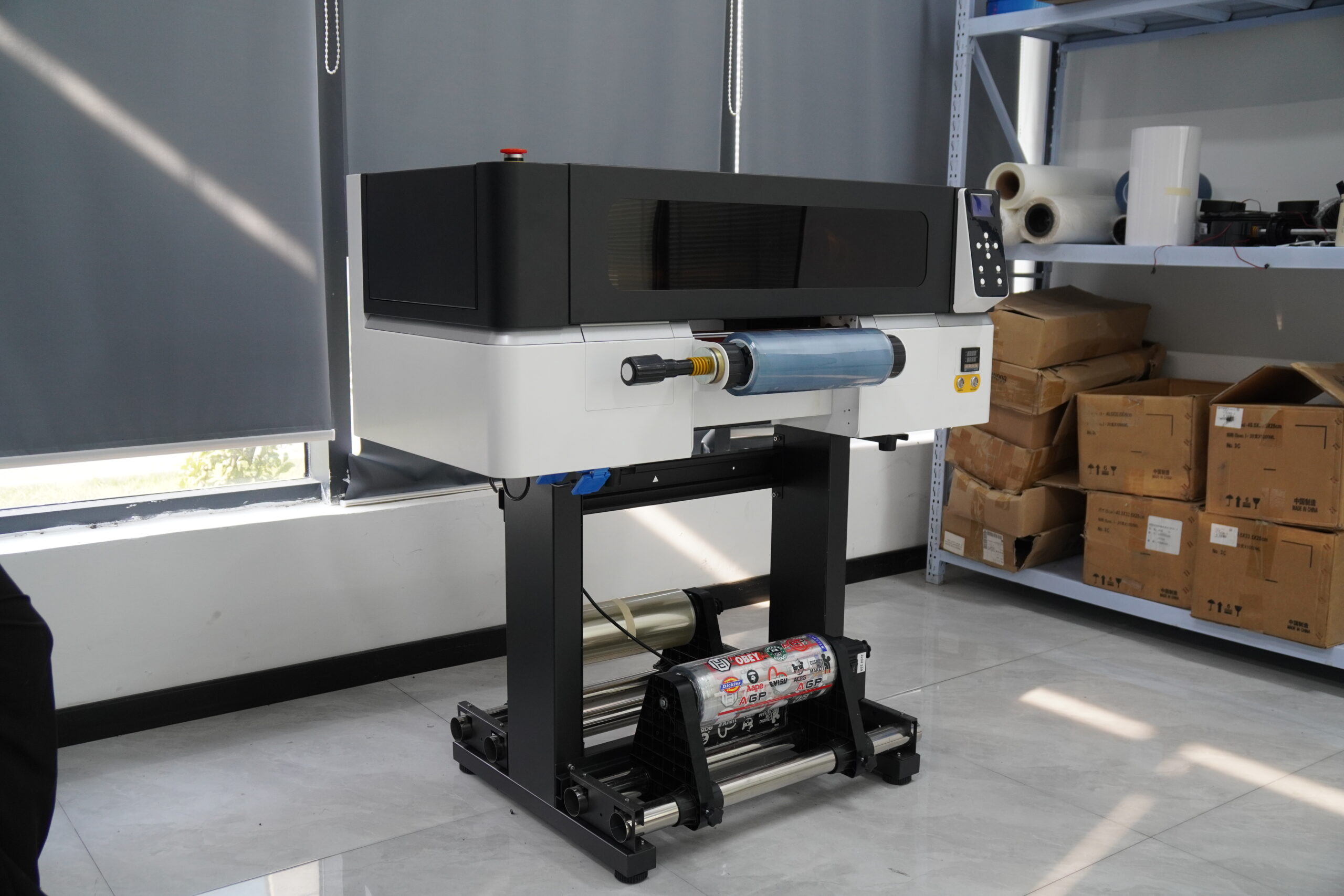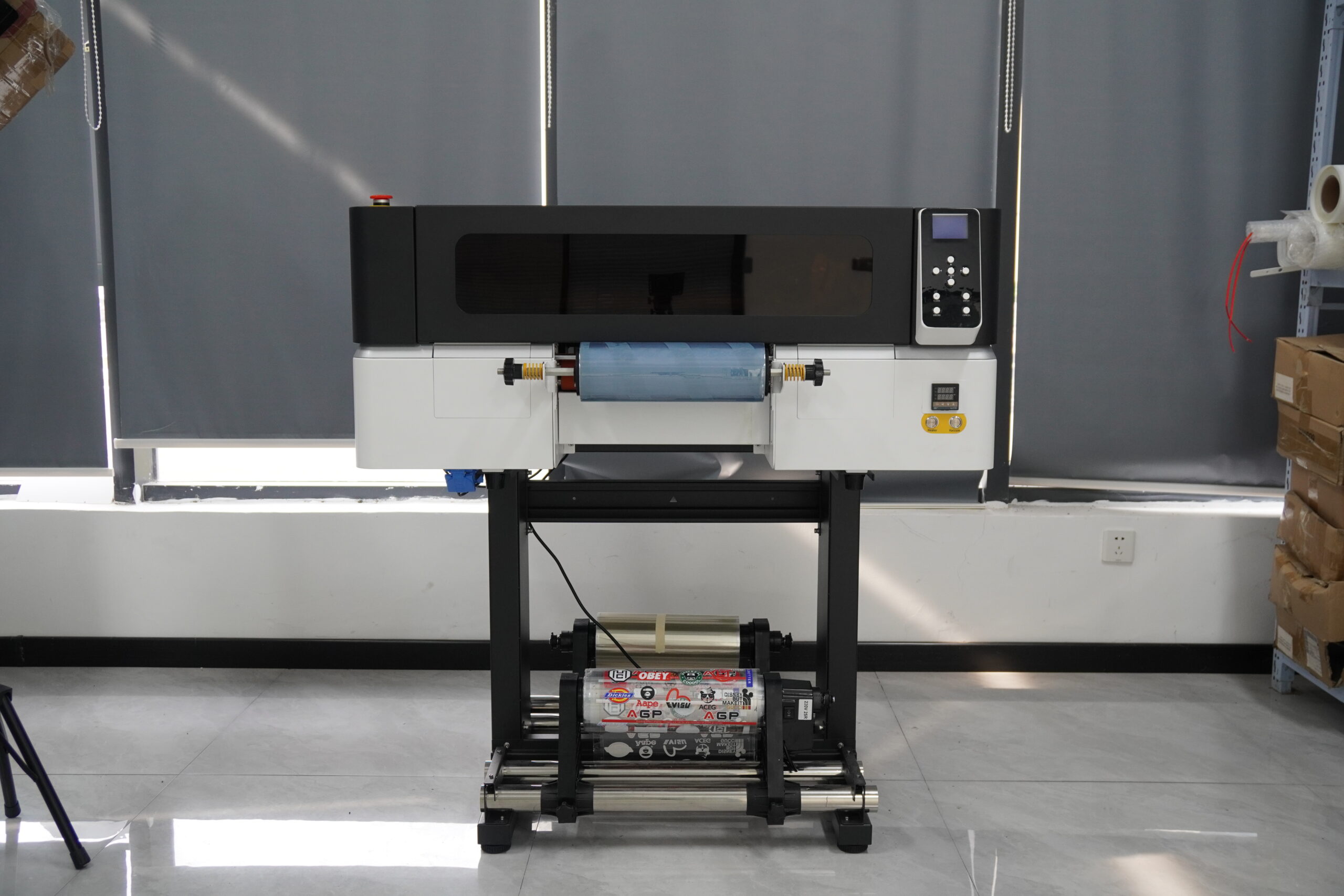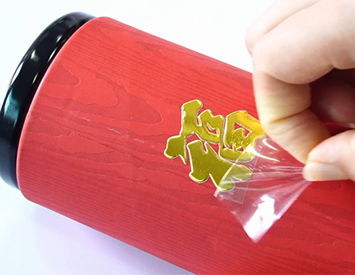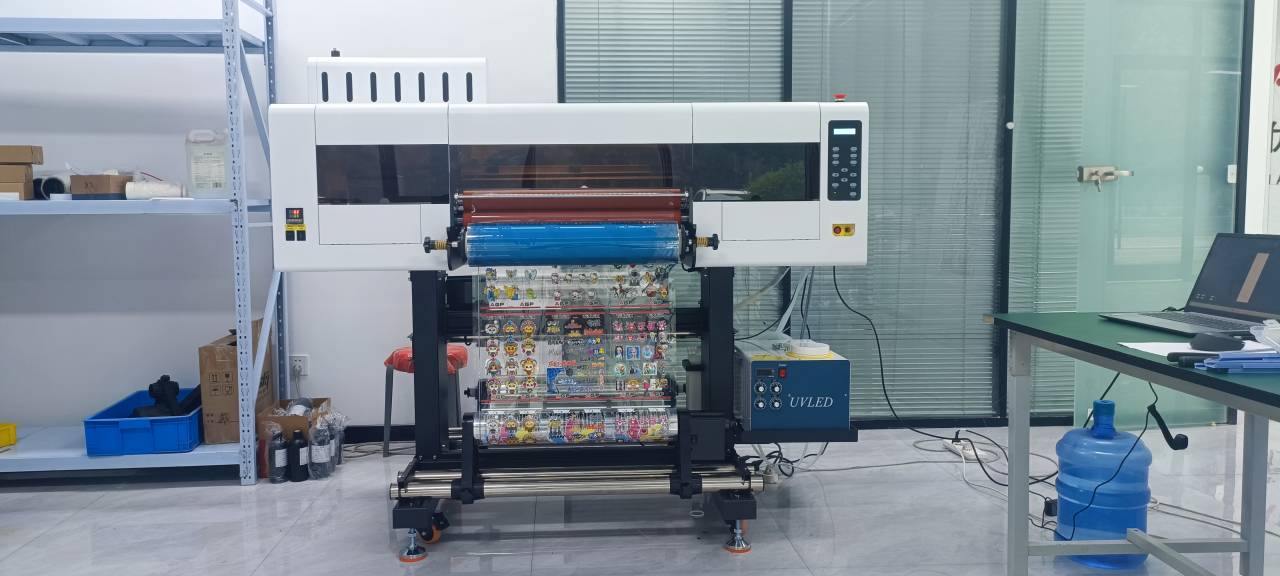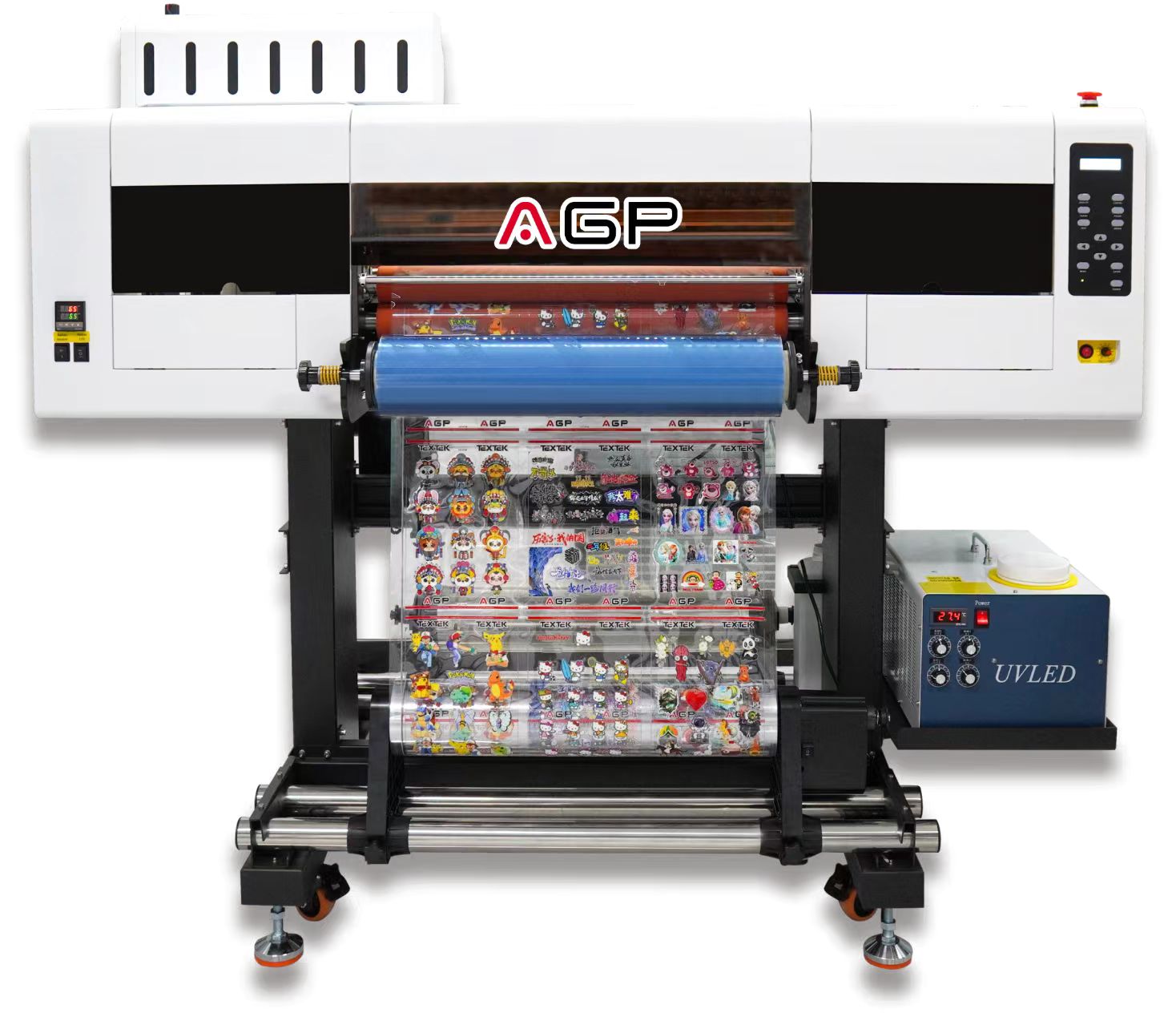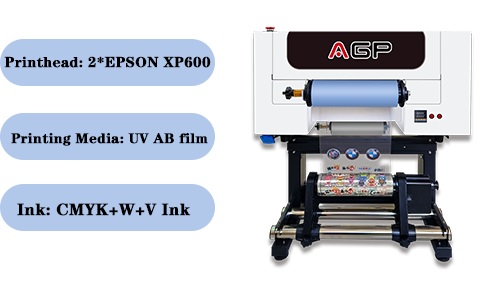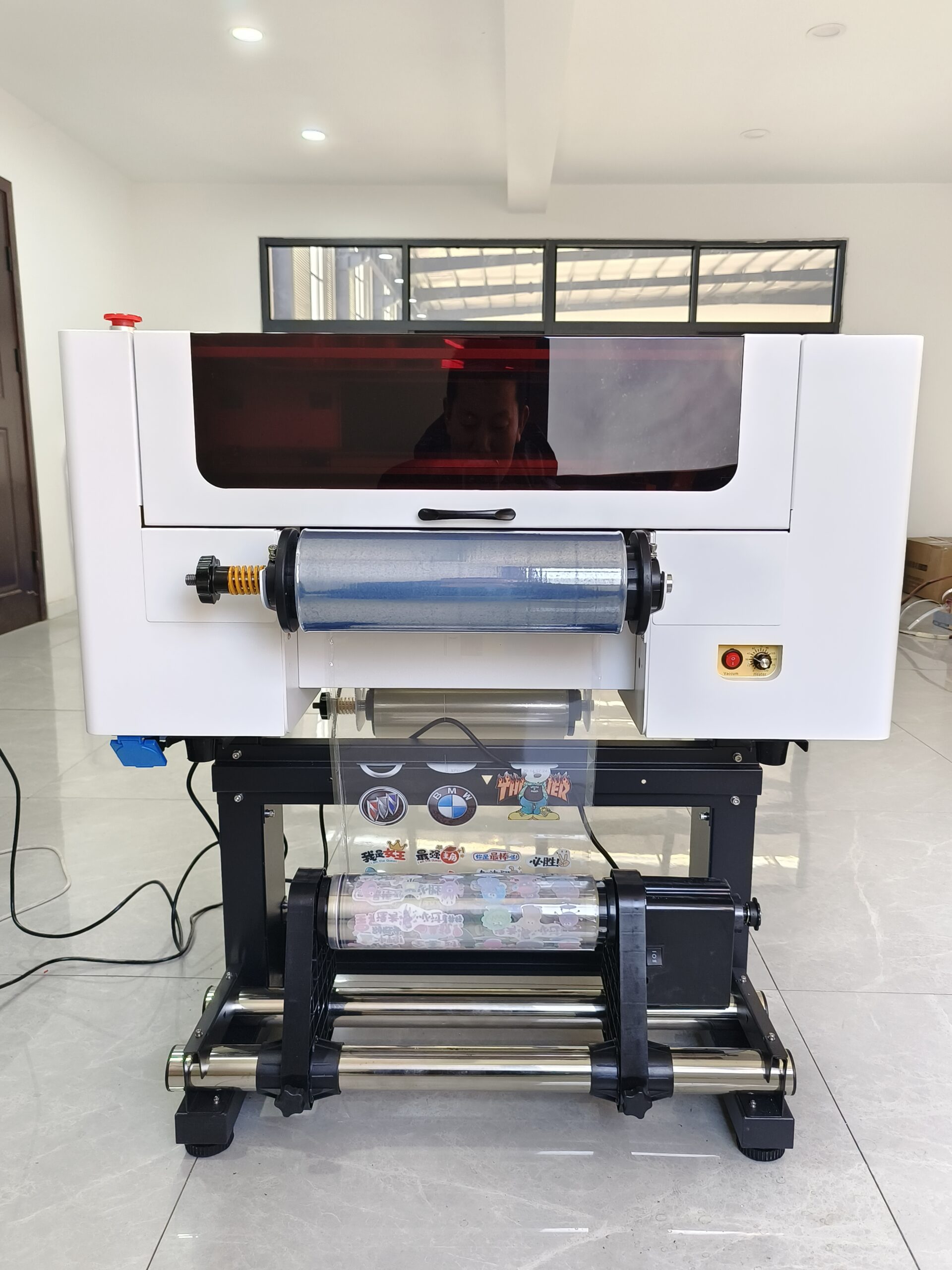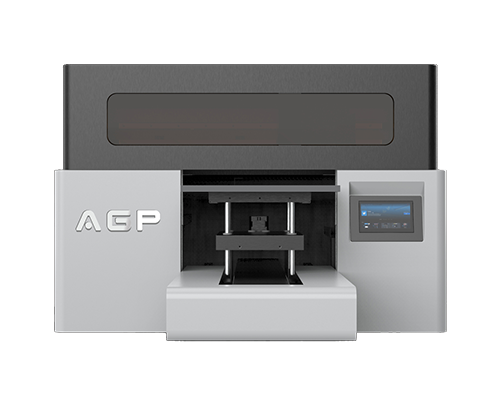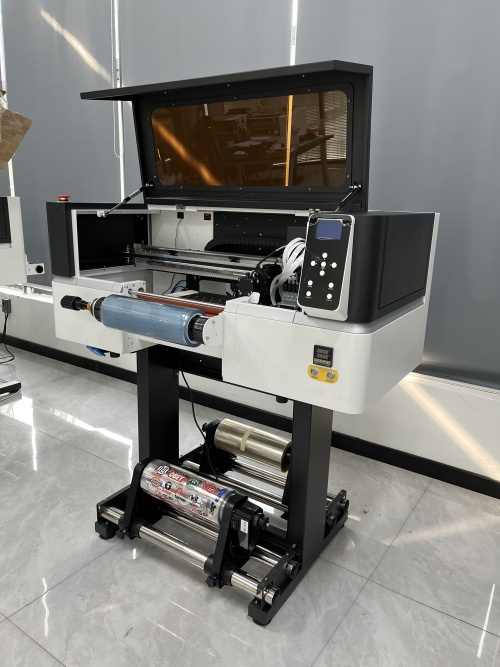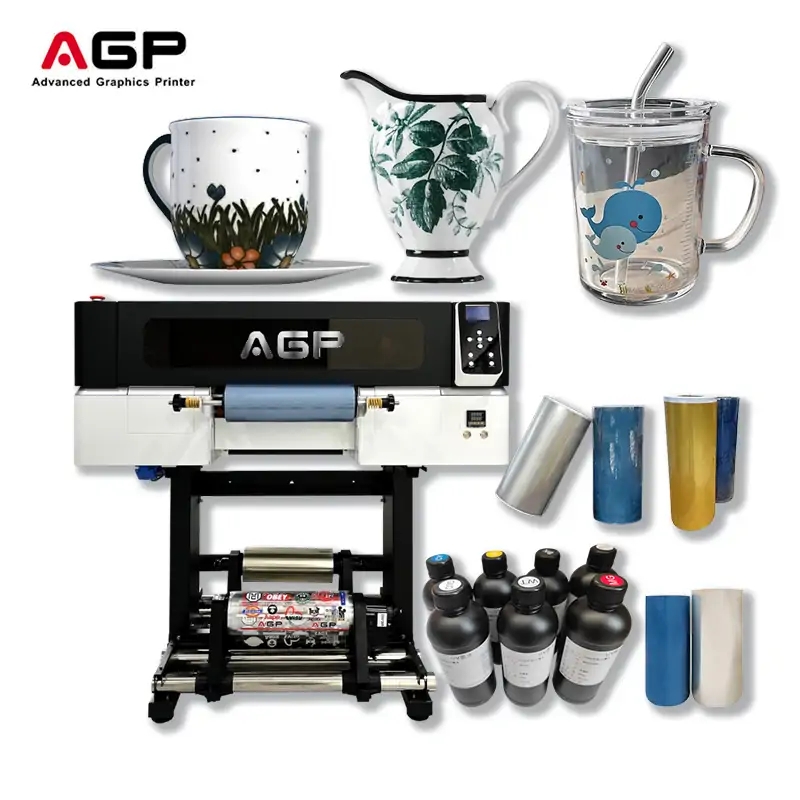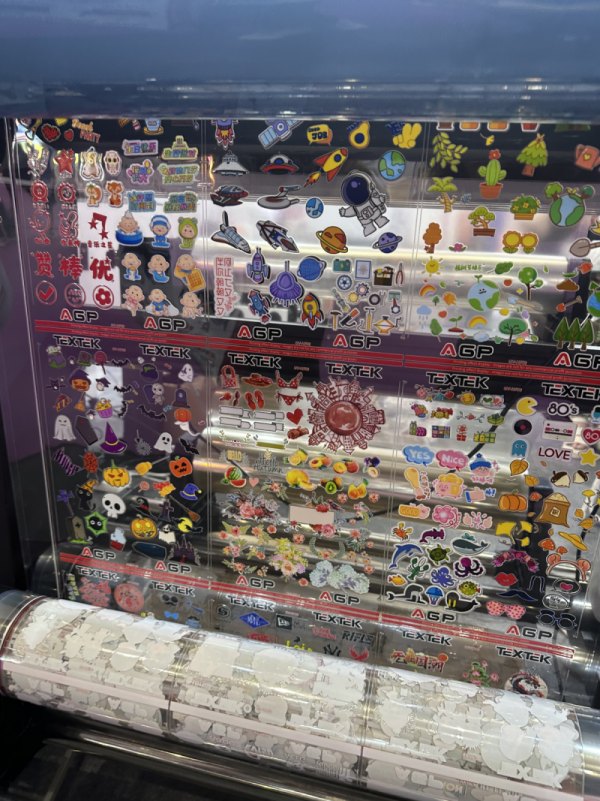3*Epson l1600 Printhead UV-S30 High-Speed Printer for UV AB film
“The UV DTF printer allows for single-piece printing without the need for plate making. It simplifies the process by printing directly and applying the design, significantly reducing various tedious steps and procedures. Whether it’s a logo, trademark, or pattern, it can be produced to meet the demands of personalized small-batch custom orders.”
“The UV DTF printer allows for single-piece printing without the need for plate making. It simplifies the process by printing directly and applying the design, significantly reducing various tedious steps and procedures. Whether it’s a logo, trademark, or pattern, it can be produced to meet the demands of personalized small-batch custom orders.”
Content
The UV DTF printer enables single-piece printing without the need for plate making. It simplifies the process by printing directly and applying the design, thereby eliminating numerous tedious steps and procedures. Whether it’s a logo, trademark, or pattern, it can be produced to meet the needs of various personalized small-batch custom orders.
| Attribute | Details |
|---|
| Model | UV-S30 |
| Printhead | 3*Epson I1600 |
| Printing Color | CMYK+W+V |
| Printing Speed | 6PASS 7m²/h, 8PASS 5m²/h |
| Printing Size | 300mm |
| RIP Software | Riin/Flexiprint/Cadlink/Maintop |
| Printing Media | UV AB film |
| Lamination | Integrated automatic laminator |
| Ink Curing | LED curing |
| Power Supply | 110V/220V, 50-60HZ |
| Sleeping Power | 40W |
| Standby Power | 140W |
| Working Power | 400W |
| Work Environment | Temperature: 18°C-26°C, Humidity: 35%-70% |
| Dimension | 1170*962*1218mm |
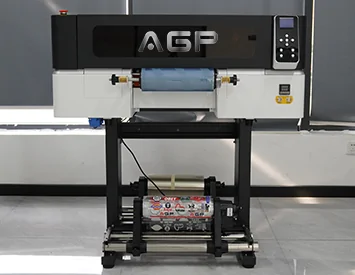
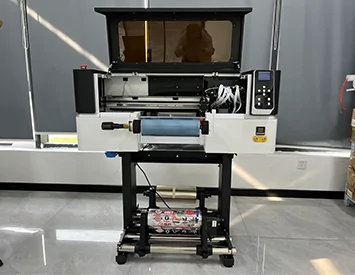
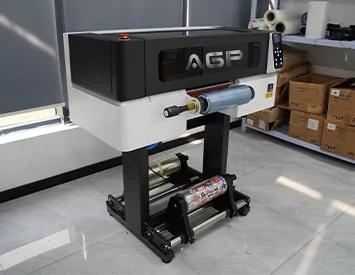
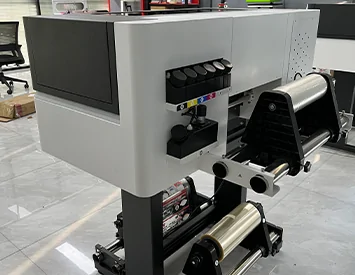
The crystal label, also known as a UV transfer sticker, cultural sticker, or UV cold transfer sticker, was originally called a pressure-sensitive sticker. It involves printing the desired graphics on special release materials. The design is printed onto an A film with adhesive using a UV printer, then covered with a transfer film (B film). Afterward, the pattern is transferred to the product surface through the film, creating a surface graphic.
